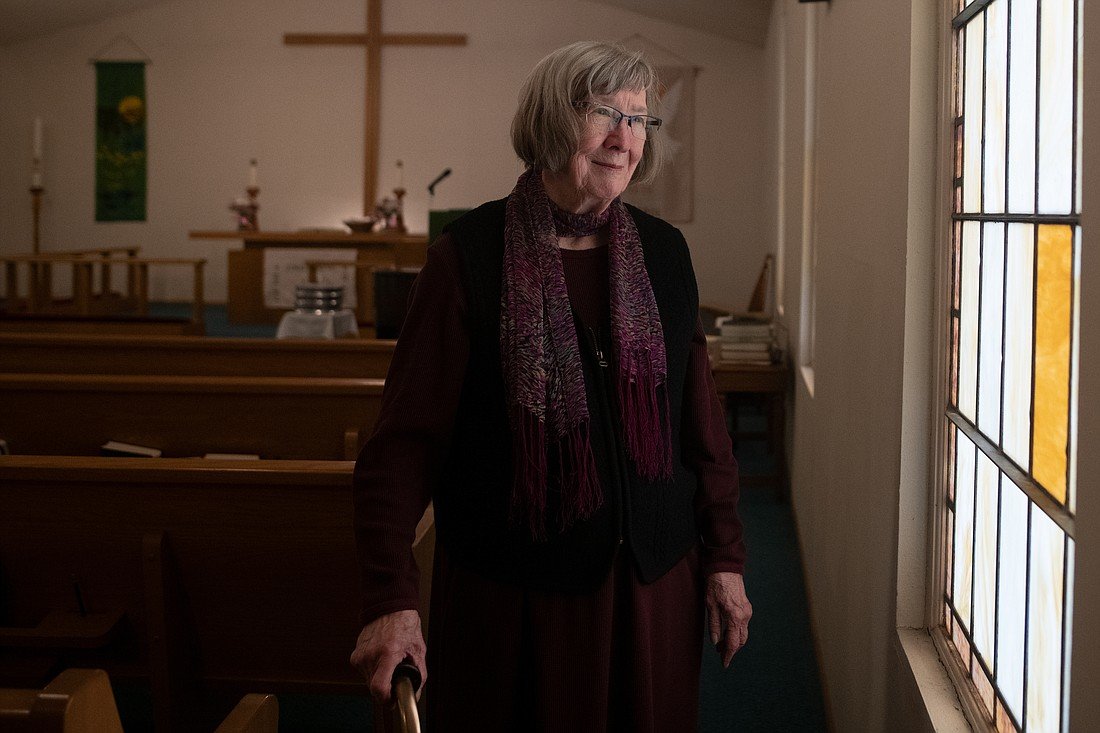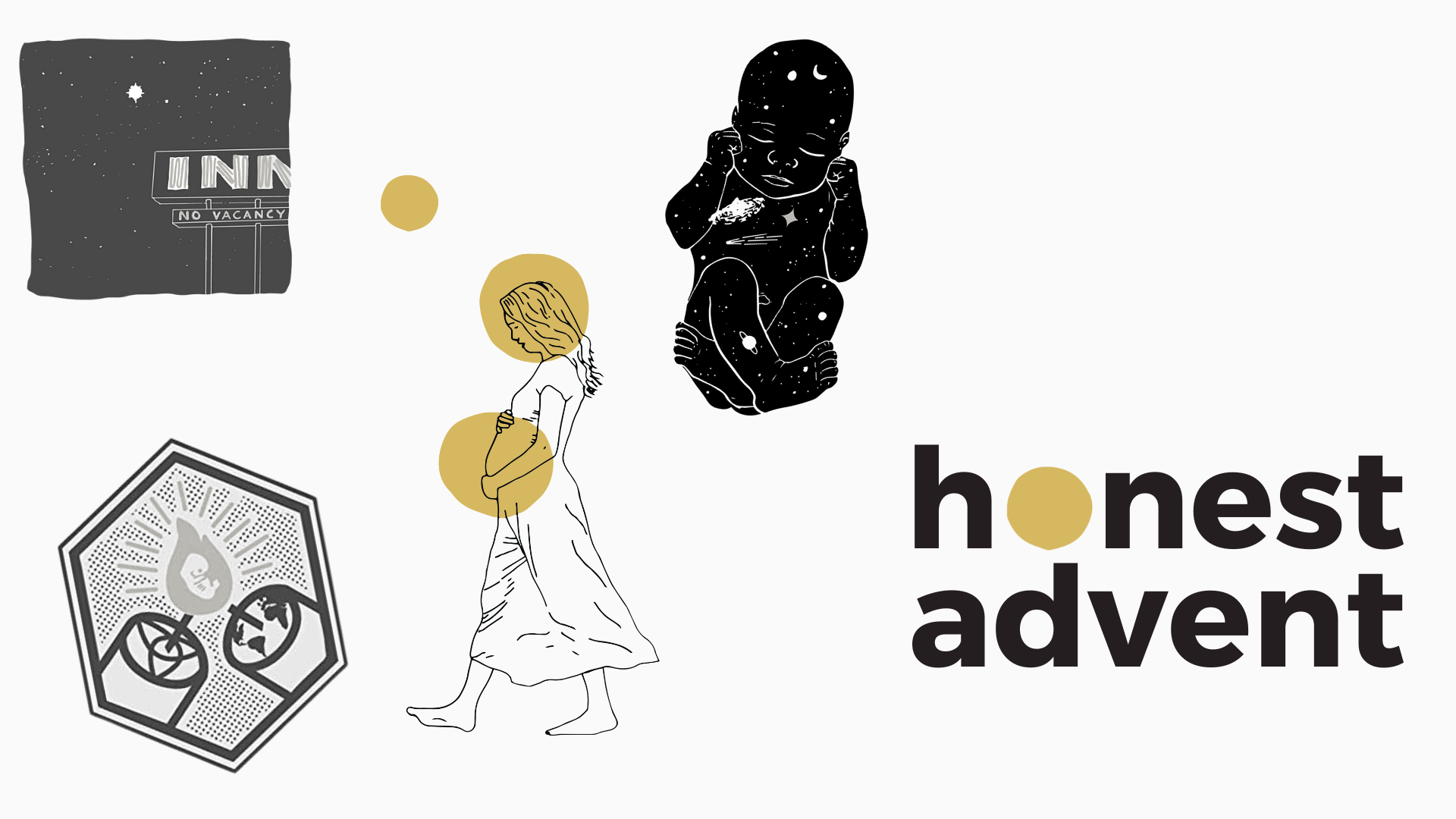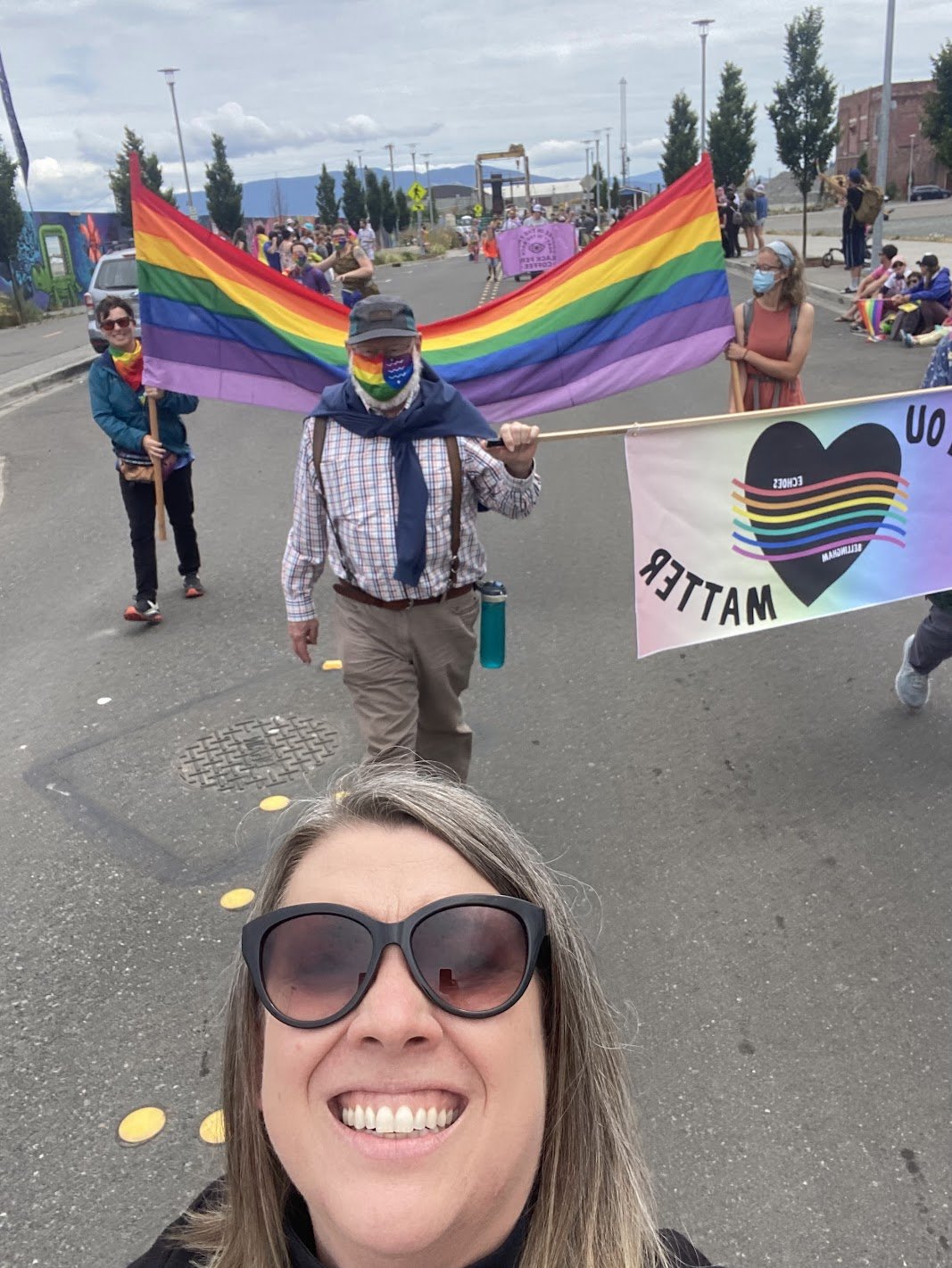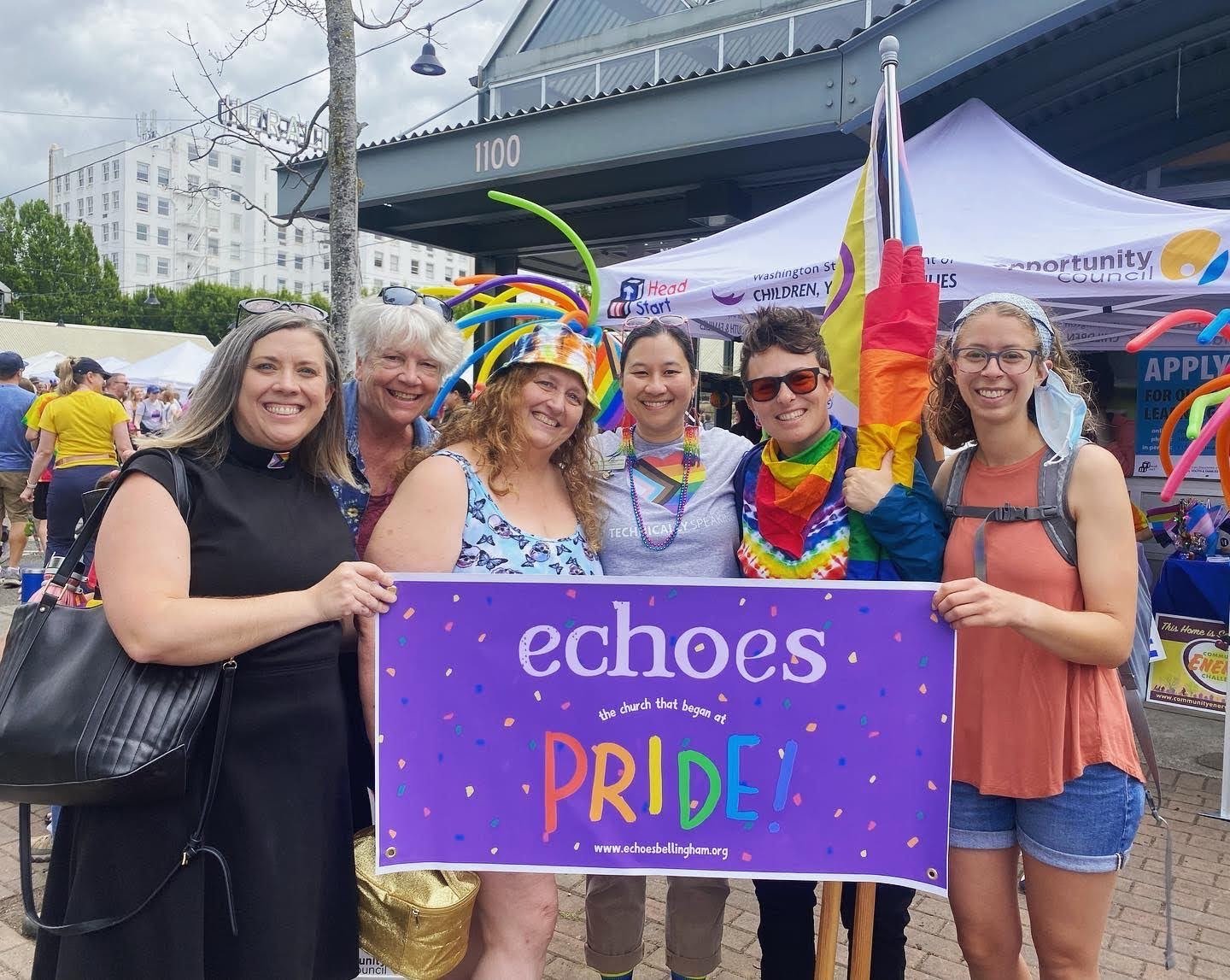Migrations of people from rural areas to cities, and smaller churches to larger congregations, also contributed to Clearbrook's demise.
Sonja Dyer’s relatives were founding members of the church at the turn of the 20th century, when Scandinavian immigrants dominated the area as homesteaders and dairy farmers. Tending to live animals meant farming families had to live full time on their land. When corporations began buying out small dairies and ranches in the county, many of those families moved away, Dyer said. Berry farms, which didn't require residents on the land, replaced them.
“It’s by God’s grace we stayed open as long as we did,” Jahns said. “God’s grace and Rod Perry. He was a lifelong member, and he was everything to Clearbrook.”
Perry was a lay minister, meaning he preached but was not ordained in his ministry. A lack of funding prevented the church from hiring a full-time pastor, Jeff Ehlers said, and for as long as he had been attending, the church relied on part-time pastors and lay ministers.
Perry was credited with extending the church’s lifespan by at least 10 years, said Nancy Perry, his widow. When he died of Lou Gehrig's disease in 2019 at the age of 62, the church's days were numbered.
Many parishioners also pointed to the rising popularity of “box churches” — large, broadly defined or non-denominational congregations that often include upbeat music, youth services and peppy sermons that deviate from more traditional practices.
In that same vein: “The decline was probably due to an older congregation not wanting to change with the times,” Jeff Ehlers said.
The pews, Ehlers said motioning to the one he was sitting on, are representative of that. As other churches adapted to changing desires, like cozier chairs and pop music, Clearbrook maintained its old-school stiff seating and traditional hymns.
Religion ‘not declining but replacing’
Scholars point to data leaving little doubt that people are leaving mainline Protestant churches. Where they're going is tougher to define.
The “box-church” worshippers represent a trend since the 1970s of those leaving mainline Protestant groups for nondenominational groups, said Holly Folk, a Western Washington University professor of religious studies.
“For positive or negative, you could argue that the box churches have been intentionally constructed to meet consumer demand,” Folk said.
They're upbeat, modern, energetic and engaging for all ages.
More than half of all new denominations in the U.S. were formed after 1970, said J. Gordon Melton, author and American religious scholar. Melton, in partnership with Folk, led a study that looked at the number of congregations within three counties in the U.S., including Whatcom County.
The Association of Statisticians of American Religious Bodies counted 150 churches in Whatcom County in a 2012 census. Folk’s students found an additional 100 unaccounted-for churches. The other two counties, located in Texas and Virginia, showed similar results.
“It is these hundreds of newer Christian denominations that constitute the ‘Others’ — a largely invisible religious community hiding in plain sight in America,” according to the study.
Nondenominational churches and immigrant congregations make up part of those “invisible” churches; they often follow the same developmental pattern of starting in one’s home, then growing in size to rent or buy a building.
“Ignoring their presence has contributed substantially to a popular misconception that religion life has been on the decline in the United States,” according to the study.
Well-known public surveys like from Pew Research Center and Gallup point to a shrinking population of religious people as a whole in the U.S. In a 2021 survey of nearly 4,000 people, Pew asserted 30% of U.S. adults are non-religiously affiliated, up 6 percentage points from 2016.
“There’s a whole bunch of phenomena pertaining to participation that people in the U.S. and also scholars in Europe have noted that make counting people authentically pretty complicated,” Folk said.
For instance, those who identify as spiritual, but “not religious,” are difficult to track because religions like Wicca or Tibetan spirituality might not be reportable via a survey.
Melton said Pew measures religious self-identity as affiliation. Yet, those without a clear religious self-identity — those religious “nones” — may still believe in a higher power. In Pew’s latest survey, out of those who categorized themselves as “no religion,” 29% still said they prayed either daily (13%) or monthly (16%).
“I see problems in trying to capture people who are less officially tied, who a generation ago, would’ve claimed the identity of their parents, and who are now more loose about that,” Folk said.
Johnson refers to those individuals as religious “umms.” They can be people who may not attend church every Sunday but did as a child, who go to services when they visit home, or who want to involve their own children in a religious group.
Then there are religious “dones” — people turned off of religion entirely, often after harmful experiences, Johnson said.
Inviting in those spiritual “nones,” “umms” and “dones,” has been a focus of the Evangelical Lutheran Church in America (ELCA) for more than a decade.
























